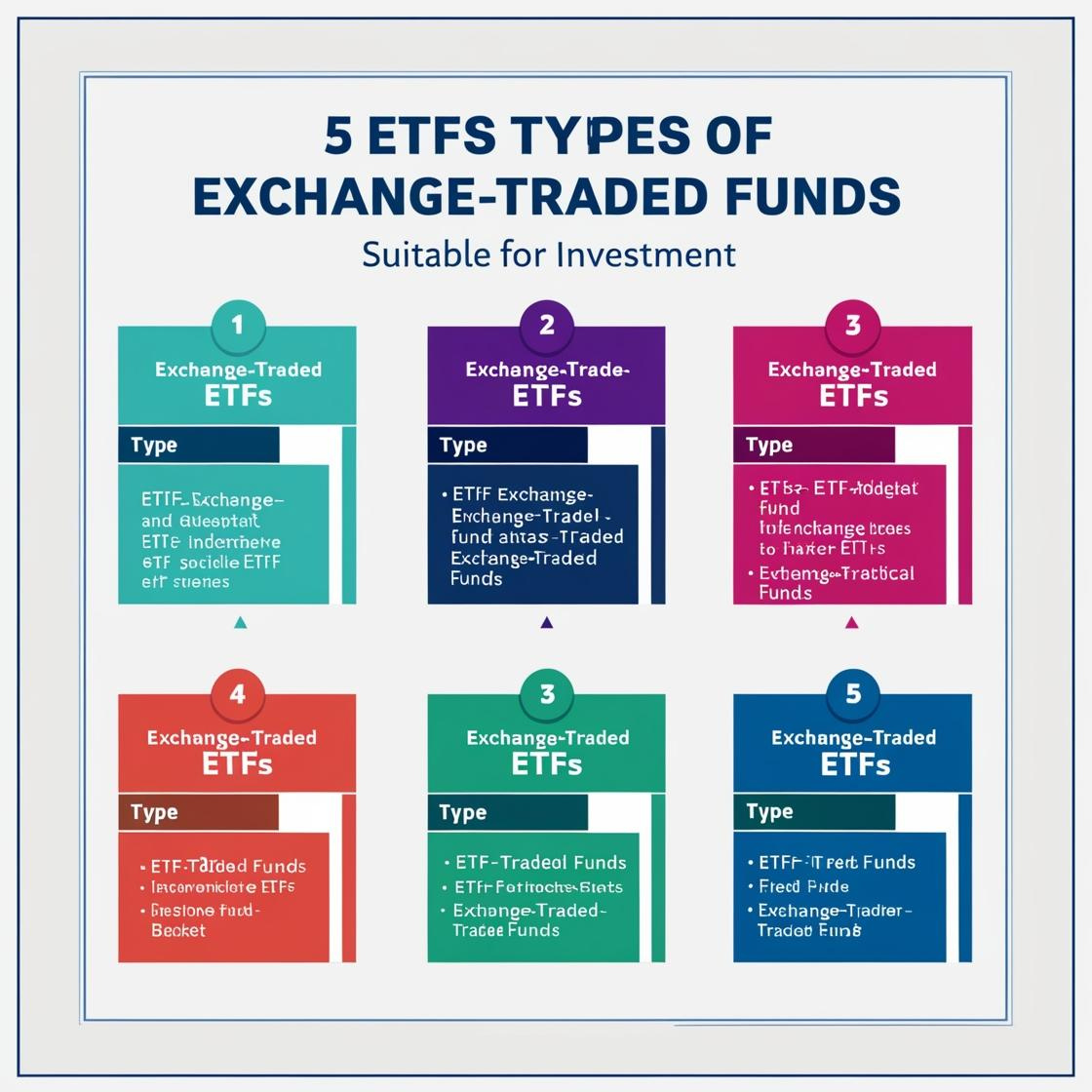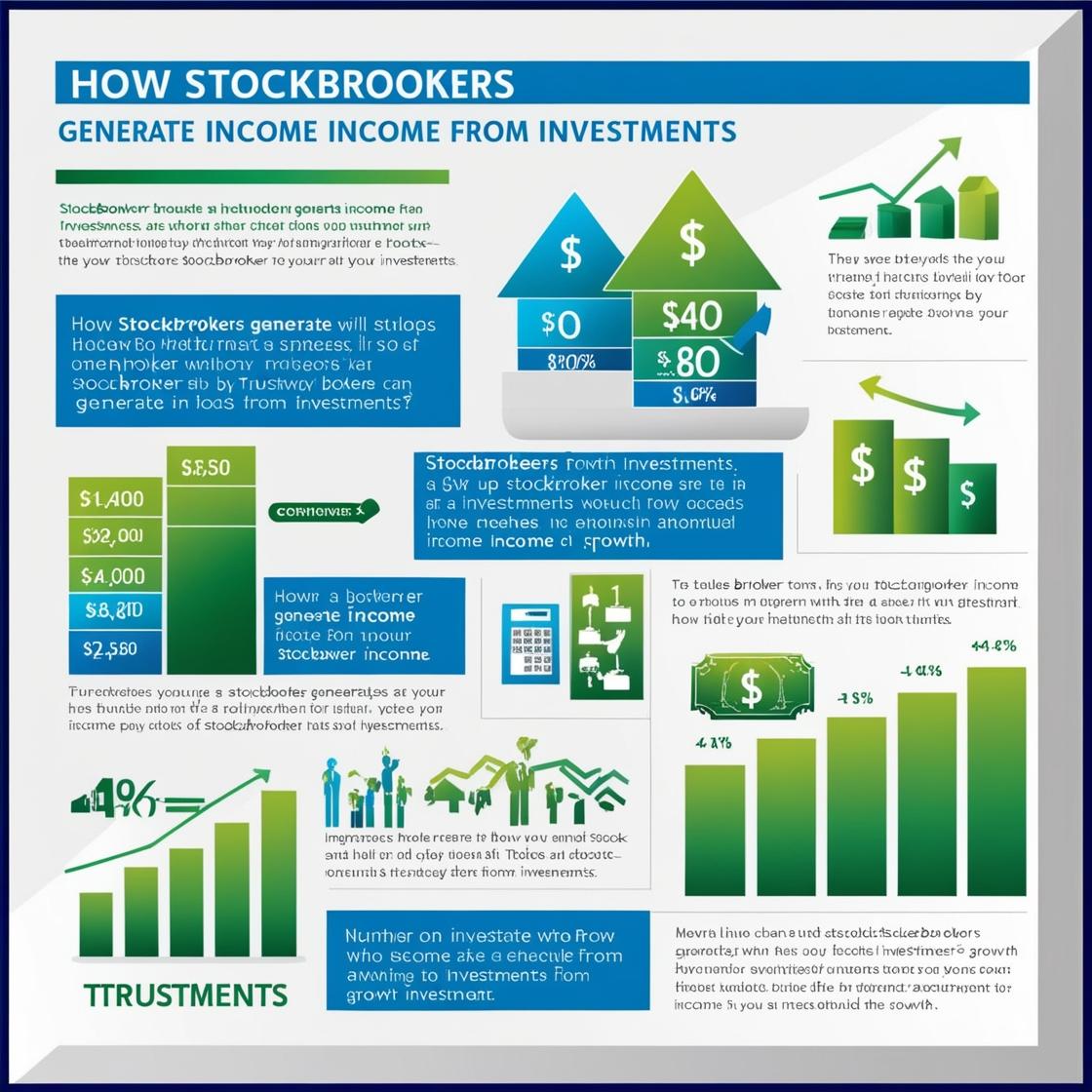
How Should You Pay Yourself as a Business Owner: Salary vs. Drawings
As a business owner, deciding how to pay yourself is a critical financial decision. Two common methods are taking a monthly salary or making drawings. Each approach has its advantages and potential drawbacks, and the best choice depends on various factors, including your business structure, cash flow needs, and personal financial goals. Here’s a detailed look at both methods to help you make an informed decision.
### Monthly Salary
A monthly salary involves paying yourself a fixed amount every month, similar to how you would pay an employee. This method offers several benefits:
#### Consistency
A regular salary provides a predictable income stream, which can be immensely helpful for personal budgeting and financial planning. Knowing that you have a set amount coming in each month allows you to manage your personal expenses more effectively.
#### Tax Implications
When you pay yourself a salary, it is typically subject to payroll taxes. This can simplify your tax filings, as it aligns with standard employee compensation procedures. Additionally, paying payroll taxes regularly can help you avoid large tax bills at the end of the year.
#### Business Stability
Taking a regular salary can be beneficial for maintaining consistent business cash flow management. It allows you to plan for monthly expenses and ensures that the business can sustain your compensation without sudden cash flow disruptions.
#### Perception
Paying yourself a salary can enhance the professional image of your business. It demonstrates to investors, financial institutions, and other stakeholders that your business operates with a structured compensation model, which can be advantageous when seeking funding or credit.
### Drawings
Drawings refer to taking out a bulk amount from the business at irregular intervals. For example, you might withdraw KES 1 million once a year to invest in a personal capital project. This method offers a different set of advantages:
#### Flexibility
Drawings provide the flexibility to take money out of the business as needed. This can be useful for covering irregular personal expenses or making large investments. You can decide the timing and amount based on your personal financial needs.
#### Tax Implications
Unlike a salary, drawings are often not subject to payroll taxes. However, they may have other tax implications, such as affecting the business’s taxable income and your personal tax liability. It’s essential to consult with a tax professional to understand these implications fully.
#### Business Cash Flow
While large, irregular withdrawals can impact the business’s cash flow, taking drawings allows more money to be retained within the business for growth and investment. This can be particularly beneficial if the business has significant capital requirements.
### Considerations for Choosing Between Salary and Drawings
When deciding between a monthly salary and drawings, consider the following factors:
1. Business Structure: The type of business entity (sole proprietorship, partnership, corporation) can influence the best method. For instance, corporations typically pay owners a salary, while sole proprietors and partners often take drawings.
2. Cash Flow Needs: Assess the business’s cash flow to determine if it can support a regular salary or if irregular drawings would be more appropriate.
3. Personal Financial Goals: Consider your personal financial needs and goals. A stable salary might be better if you have regular personal expenses, while drawings might be more suitable for sporadic financial needs.
4. Tax Strategy: Consult with a tax professional to understand the implications of each method and to optimize your tax strategy.
### Conclusion
Both a monthly salary and drawings have their advantages and drawbacks. The best choice depends on your specific circumstances and goals. By carefully considering your business structure, cash flow needs, personal financial goals, and tax strategy, you can determine the most effective way to pay yourself as a business owner.
Discover more from MaertinK Wealth Hub
Subscribe to get the latest posts sent to your email.








